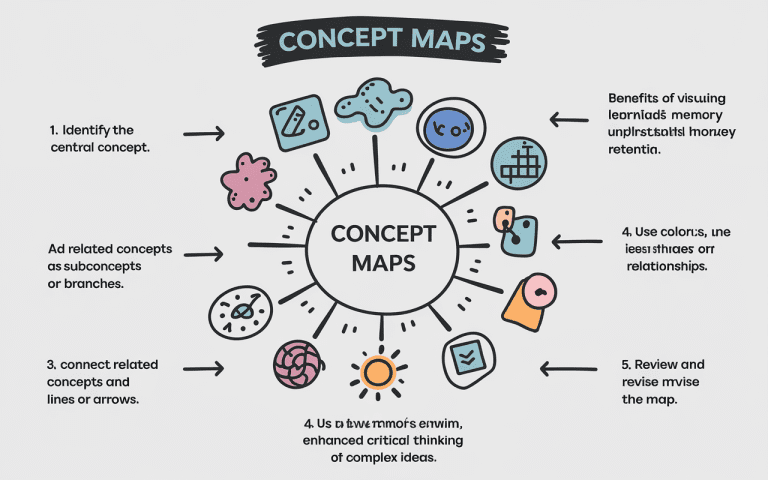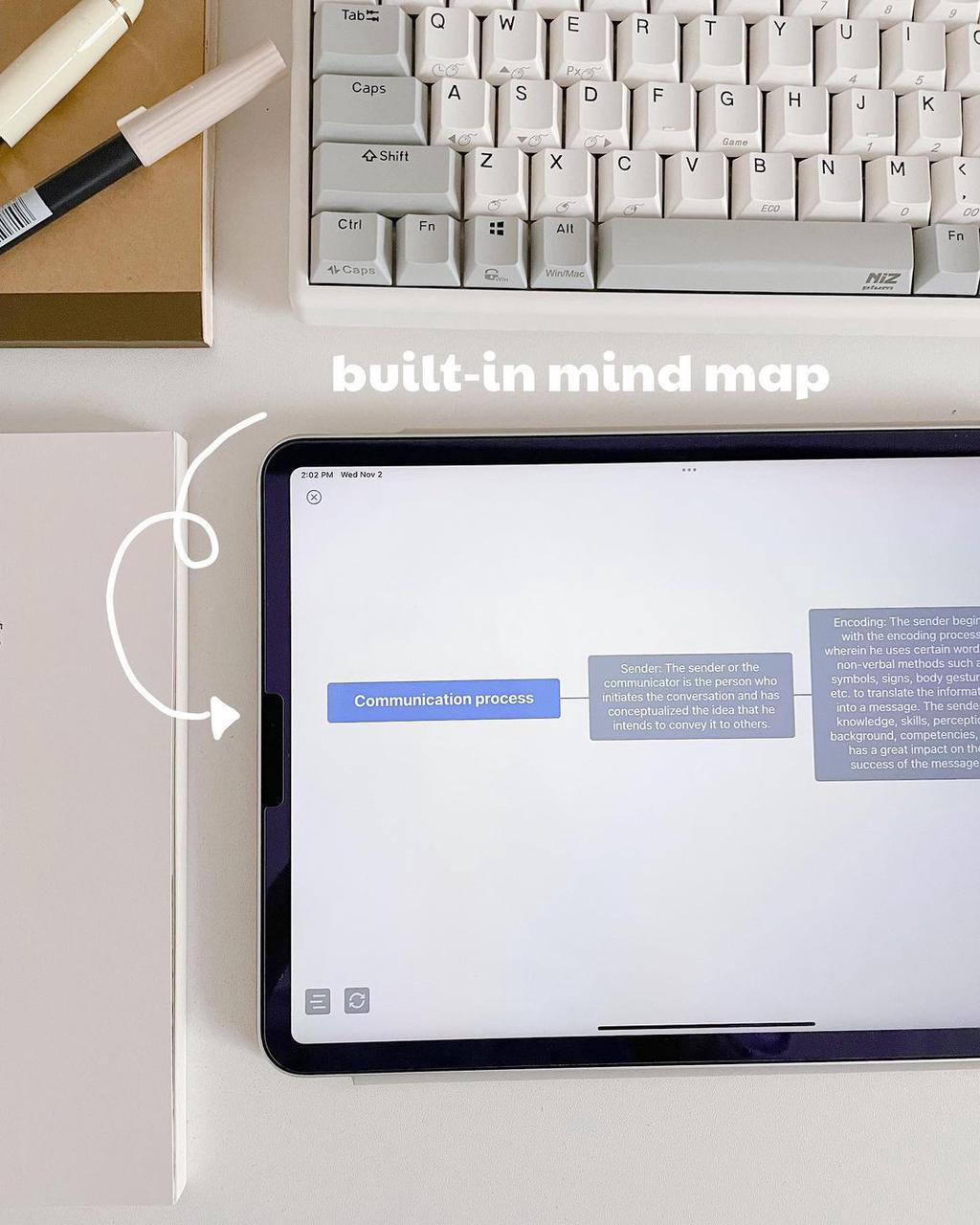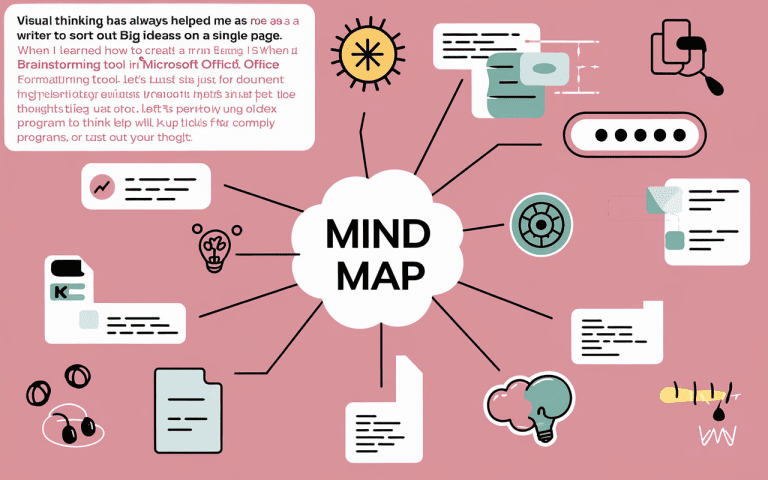How to Use Mind Maps to Curb Procrastination?
If you enjoy making New Year’s resolutions but find it hard to keep, you’re not alone.
Study shows that 23% of people end up giving up their resolutions only two weeks into the new year, and only 19% stick to their goals for a long time.

I’m not denying the importance of making resolutions. But have you considered what went wrong when last year’s resolutions aren’t kept?
Procrastination is usually the troublemaker.

“I have no time, no energy, no confidence…”
Is that true? Or are you simply avoiding something?
Read on to see how you can overcome procrastination by getting to the root.
Why do you procrastinate?
When it comes to procrastination, you’d probably think weak willpower should take all the blame. But it’s much more complex.

Strong willpower doesn’t work alone. It needs a certain trigger. In other words, lacking such a trigger weakens your willpower, hence, procrastination.
So what is discouraging you from taking instant action? And how do you stop them and move on to something more important? Scroll down a bit and you’ll see.
It’s easy to walk away
Normally, when the task itself is way beyond your current reach, say, you have to finish a 2,500-word essay within one week, you’re more likely to feel reluctant to start writing.
So what could be the easiest solution for you?
Walking away! Pretend that you’ve never heard of this assignment while doing something fun instead, such as playing games, watching movies, tik toking, etc. After all, you still have a whole week ahead.

But are you genuinely enjoying this moment of entertainment? Or are you just too busy to keep yourself away from reality?
How can you curb such procrastination?
Break big tasks into small chunks.
Abstract goals
Compare the goal of “read a lot of books” with “read 20 books in 2022”, which sounds more specific?
The previous goal is hard to achieve in that it’s abstract and vague. Therefore, it doesn’t matter if you read too little as there aren’t any specific requirements on the number of books you plan on reading.
If the goal itself isn’t concrete enough, how are you supposed to stick to it? It’s as if you’re driving without a steering wheel, therefore, completely losing control over directions.
Also, you’ll miss the chance to enjoy happiness when you do achieve your goal.
In fact, you’ll find it hard even to recall how many books you’ve read, and thus lost track of your road map. Not to mention the bitterness when realizing you’ve failed to achieve your goal.
How do I overcome such procrastination?
Lacking rewards
In economics, there is a phenomenon called time inconsistency. It refers to a person’s preference to chase instant gratification rather than pursuing lifetime happiness.

That’s probably why you’d rather spend money on shopping than saving for your retirement.
After all, retirement can be several decades away. Who knows what will happen then? Maybe you get lucky to hit the jackpot one day, and suddenly saving is no longer your life concern.
In other words, the delayed rewards of saving for retirement are simply not enough to motivate you at the moment to take immediate action.
How do I stop procrastinating?
How do mind maps curb procrastination?
If “procrastination is the thief of time and life”, then mind maps must be the police who help you catch the thief and give back your time and life.
Wonder how? Here are 4 effective solutions offered by mind maps against procrastination.
Break big tasks into small chunks
A mind map helps to simplify tasks by breaking them into smaller ones with only keywords and associations.
A 2,500-word essay within a week can be overwhelming for everyone, but not when you break it into small sections.
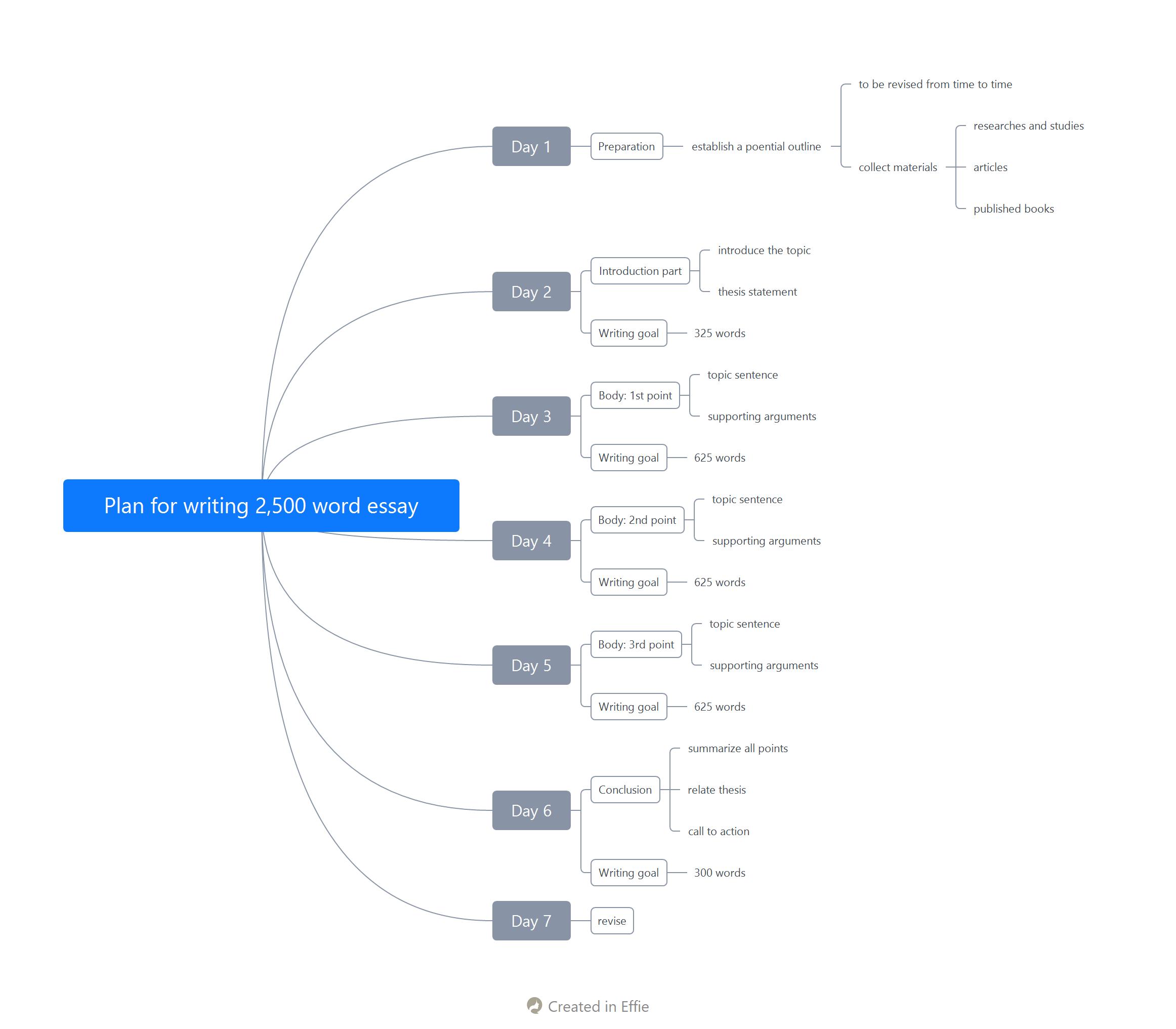
As shown in the mind map, when you break the 2,500-word essay into different sections, such as introduction, body, and conclusion, it turns out that you only need to write about 500 words on average per day.
After mind mapping, a 2,500-word essay is no longer too much of a burden to undertake, hence, the higher possibility for you to take further action rather than avoiding the tasks until you’re left with no choice but to write a day before the deadline.
Make a to-do list
Let’s just assume that you plan to read 20 books by the end of the year 2022 (let’s say 400 pages for each book ).
I can almost see your denying face. Relax. I’m sure you won’t feel this way when you break the task into smaller ones and make a to-do list with mind maps.
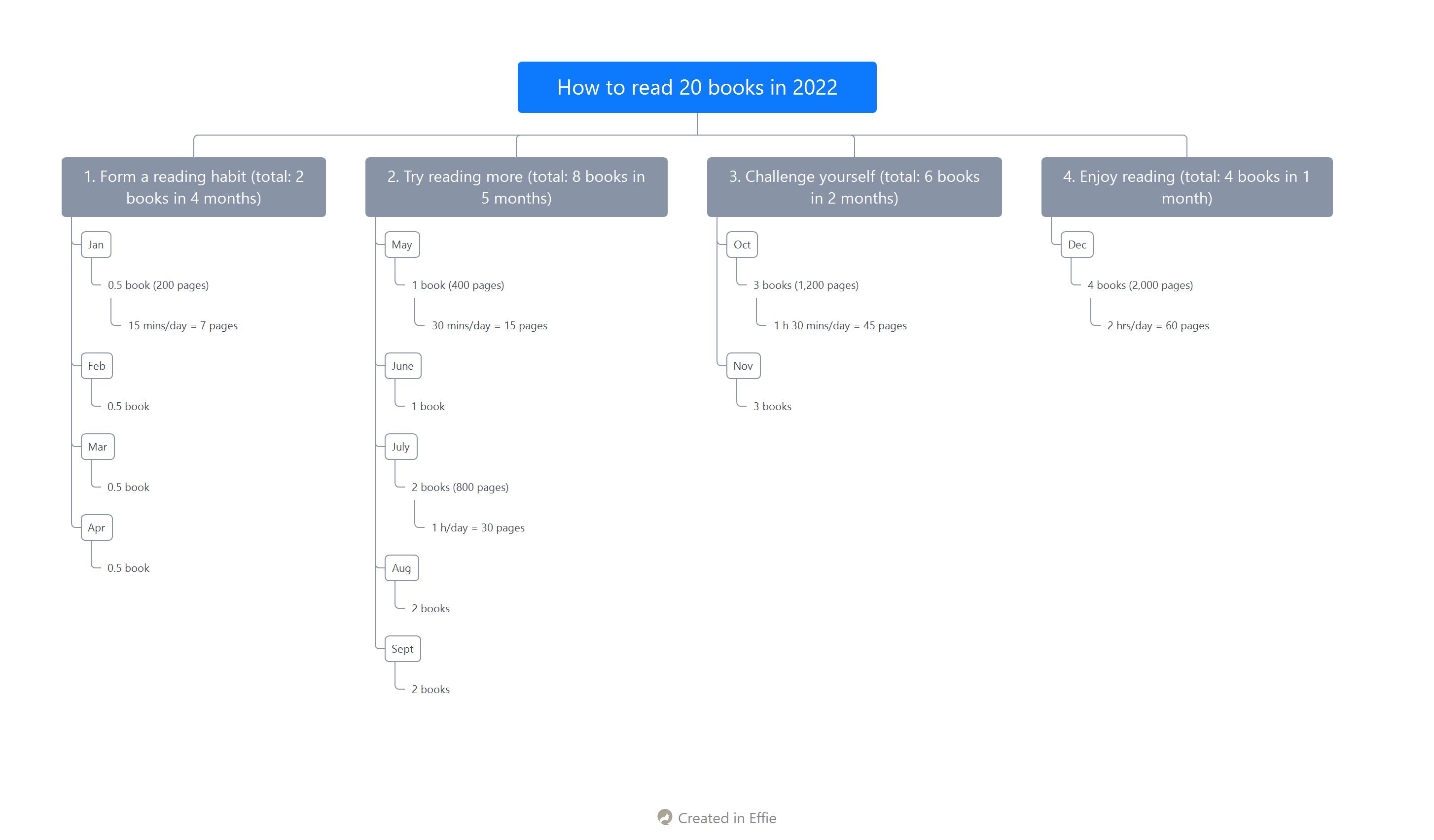
a. Take baby steps
If you always find it hard to concentrate whenever you open up a book, you can shrink your reading time slot at the beginning. For example, read 15 mins a day, equivalent to nearly 7 pages based on average adults’ reading speed.
b. Motivate yourself
When you find that 15 mins are simply not enough for you, it’s time to move forward. Read for 30 mins or an hour per day.

If you find it hard to stick to it, just go back to your 15 mins reading plan. But try again whenever you’re ready.
Constant self-motivation can change your behavior for the better. It’s challenging yet inspiring.
c. Avoid plateau
Staying in the comfort zone, albeit relaxing, might mean that you lose the chance to be a better self by moving up to the next level.

So why not challenge yourself by raising a little bit of difficulty when you feel it’s a piece of cake reading for an hour every day?
d. Enjoy
The more you read, the more interest you’ll find in reading. When that day comes, reading is no longer a painful experience to you. The time you spend with books is much more fun and meaningful than the time wasted.

See? With mind maps, you can visualize your goals by creating a personal to-do list at ease to make the impossible possible.
Reward yourself
If saving money for retirement still sounds unrealistic to you at the moment, then you can use a mind map to help you think backward to make it realistic.

It’s a good way to remind you of the reward you can get in the future to motivate your present self to take instant actions.
Here is a mind map based on the hypothesis that you’ve saved enough money for your life after retirement and what you can do with the money.
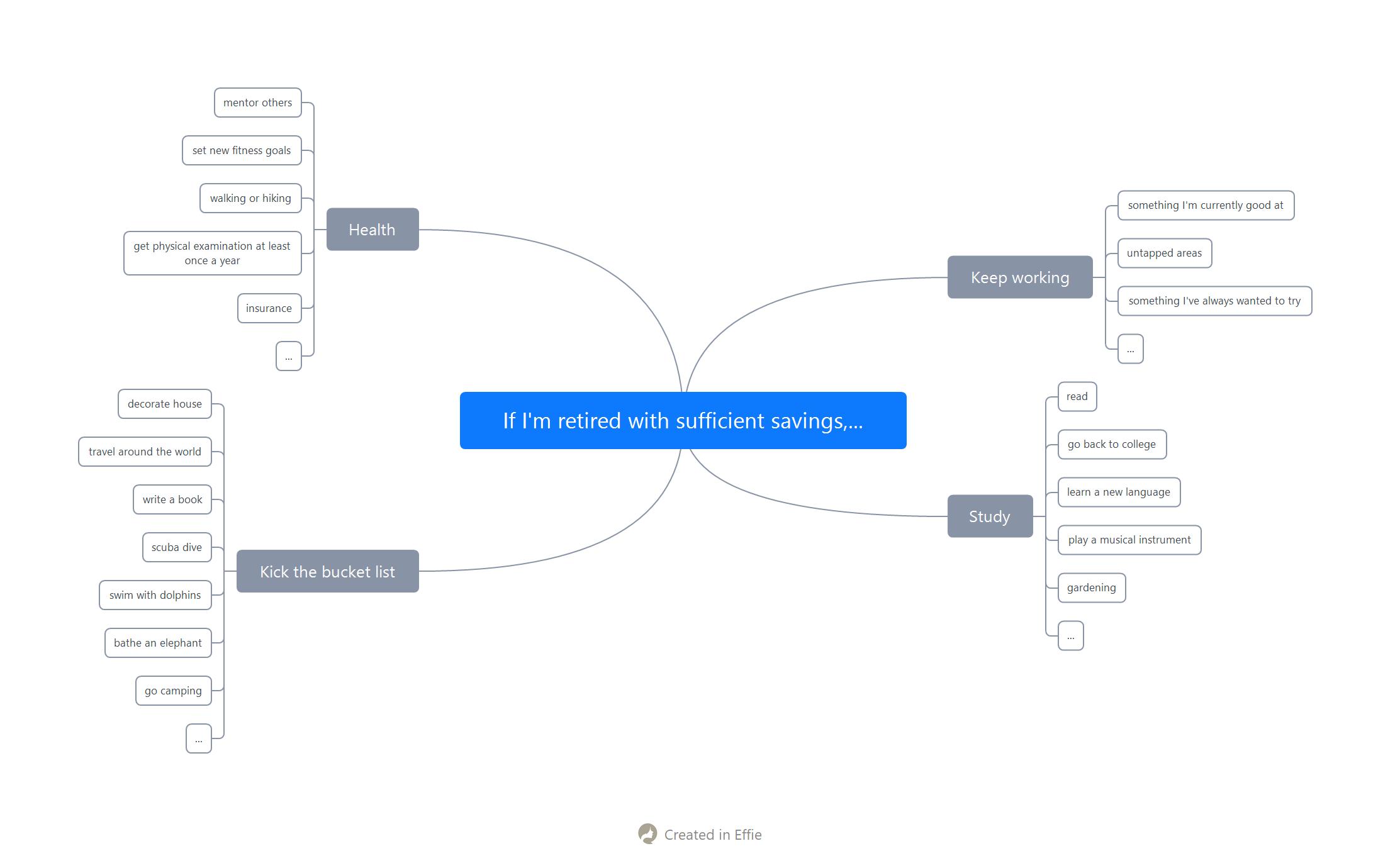
As shown in the mind map, there are abundant things you can try after retirement, be it your work, study, health, and wishes that you didn’t get to realize in the past. Sounds wonderful, right?
However, they all need money. So what can you do? Save up your money NOW!
That’s how a mind map works to turn the delayed reward into instant gratification, reminding you how great it can be when you accomplish your plan and motivating you to make a difference at present.
Share your progress
Instead of keeping what you’ve accomplished to yourself, you can share them with others, such as your friend, family members, and social media. Why is sharing important to overcome procrastination?

Sharing with others is a process of emphasizing what you’ve accomplished so far, which seduces your brain into falling in love with what you’re doing at present.
Also, you can always get feedback or inspiration from others, which is another way to change your perspective on the original tasks by turning what you’d think boring into something fun.
In Effie, you can share your mind map with anyone else in an instant so that more people get to see and share ideas on certain topics on their devices.

What makes Effie even more fun is that you can replenish your mind map and turn it into great works. She provides an immersive writing experience so that you can write freely whenever you feel like to.
Click here to start mind mapping with Effie. If not now, when?


